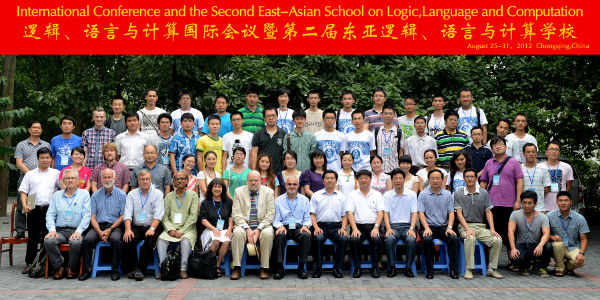The Myth of Silent Linguistic Material
It is commonly thought that certain linguistic constructions (e.g., short answers to questions) contain “hidden” or silent linguistic material. Call this the SLM view. SLM maintains that, for example, the answer in the dialogue in (1) is “really” (2) where the material shown here with strikethroughs is silent or deleted under identity with a portion of the question:
1. Q: Who left the party at midnight?
A: Jill,
(2) Jill left the party at midnight.
Similarly remarks hold for a case like (3):
(3) Michael can swim the 200 meter in 35 seconds, and Sarah can too.
The literature contains many arguments for the SLM view, including (a) arguments that the overt material acts as if surrounded by more material with respect to the statement of certain grammatical phenomena, and (b) under SLM, the fact that the shorter material seems to “mean” what it does is automatic, for indeed it is at some level of representation a full sentence with the missing material there when inputing the semantics.
This talk has three aims. First, we briefly develop a view of grammar (direct compositionality) which would lead us to believe that SLM is wrong. Second, we show that the two constructions above can be straightforwardly accounted for without SLM. Third, we show that the logic behind the SLM view is wrong. The claim that there is syntactic evidence for SLM rests on questionable assumptions about how the syntax works. Many of the arguments also crucially rest on the assumption that the silent material must be formally (not semantically) identical to some other material in the discourse context. But this assumption is false; SLM actually has to require identity of meaning not form. But once that is acknowledged, some of the time-honored arguments for SLM disappear. Finally, SLM does not actually account in any straightforward way for the fact that these discourses are understood in the ways that they are. Saying that the answer in (1) is “really” the fuller S shown in (2) merely restates the question. A listener does not hear the “silent material: - so how does the listener infer what it is? Either theory needs to explain how a listener understands that the answer in (1) conveys the proposition Jill left the party at midnight, and SLM has no advantage in this regard.
Download: handout
Find yourself in the following group photo (click to download:)





